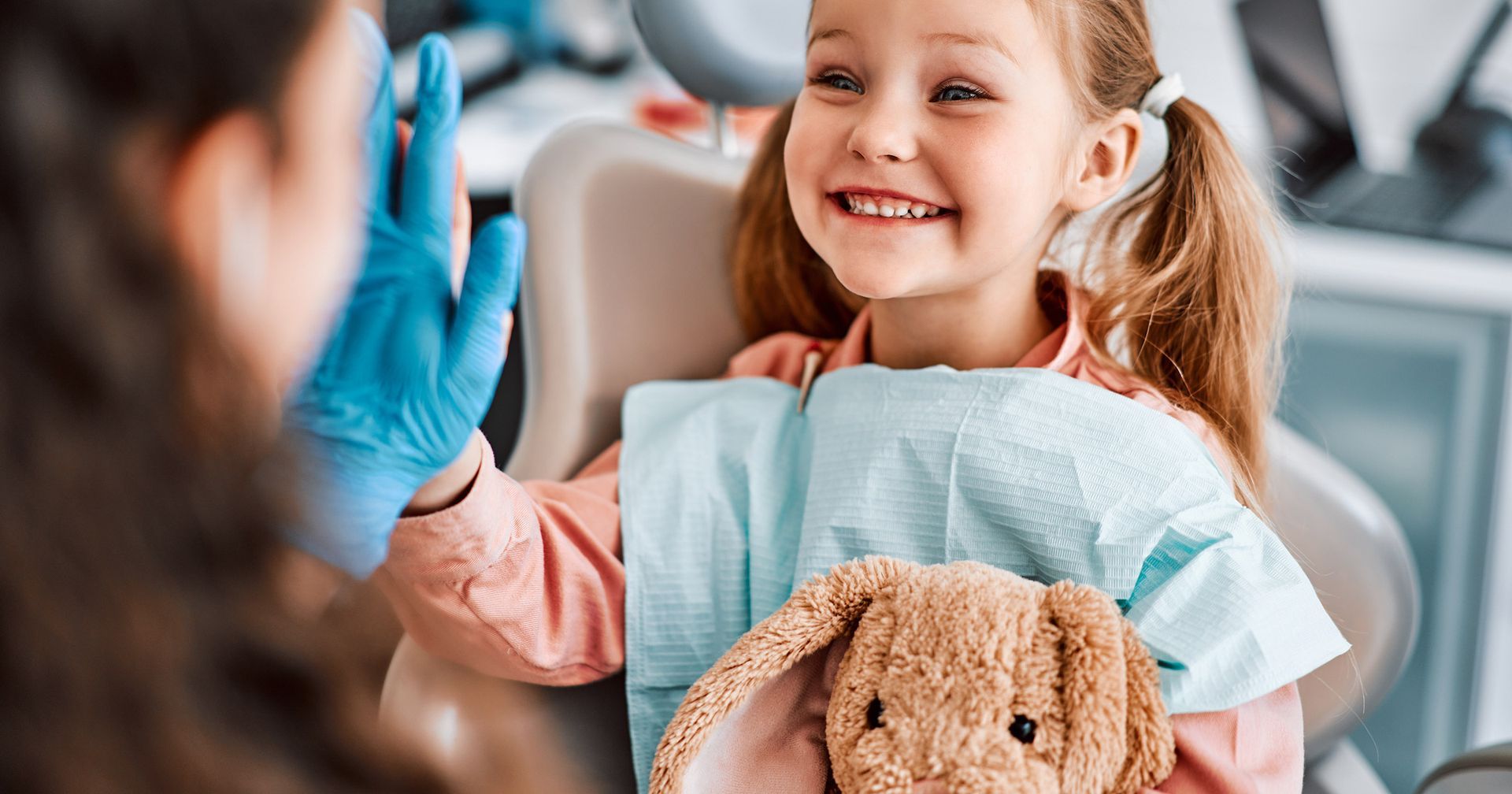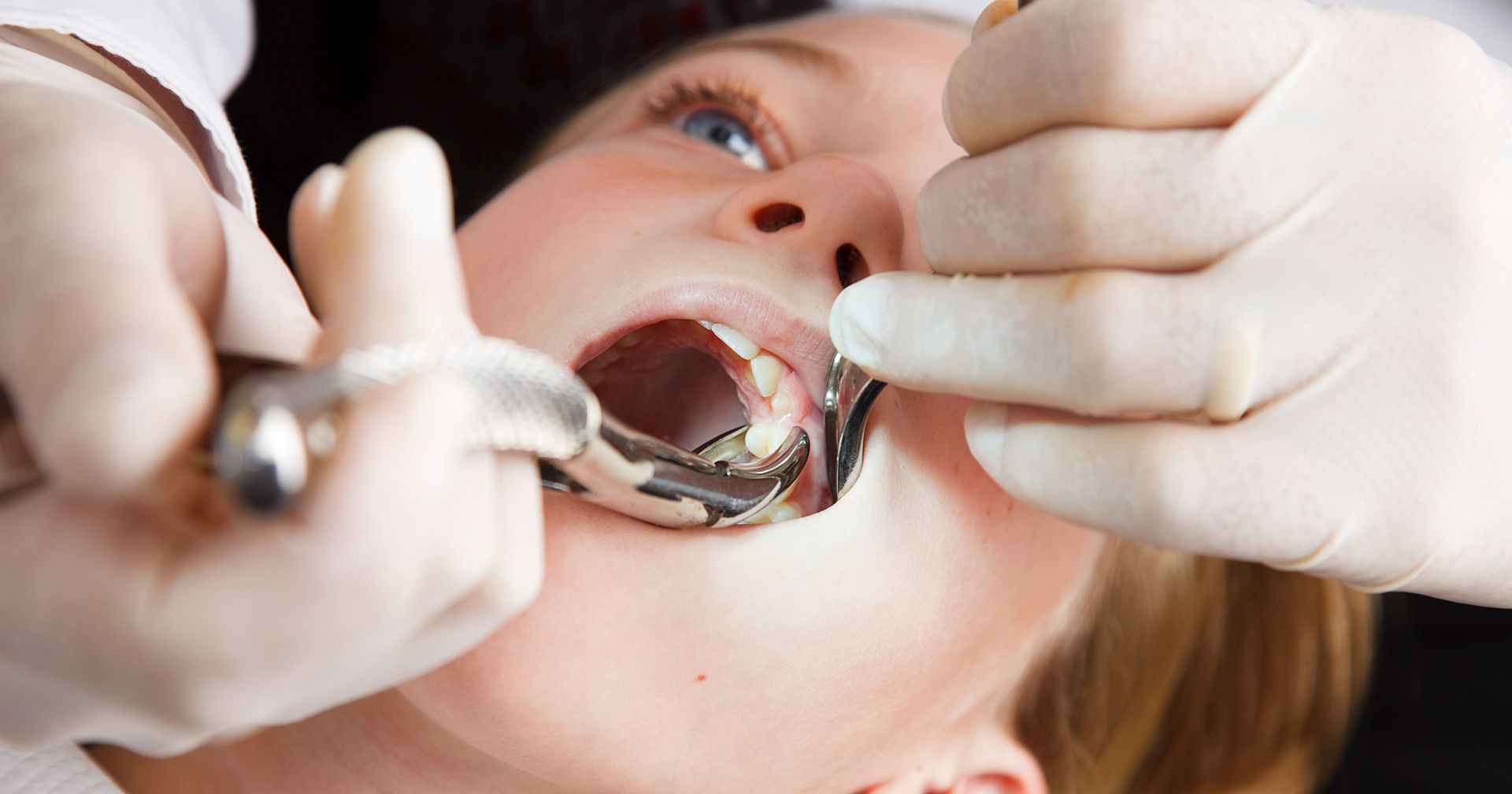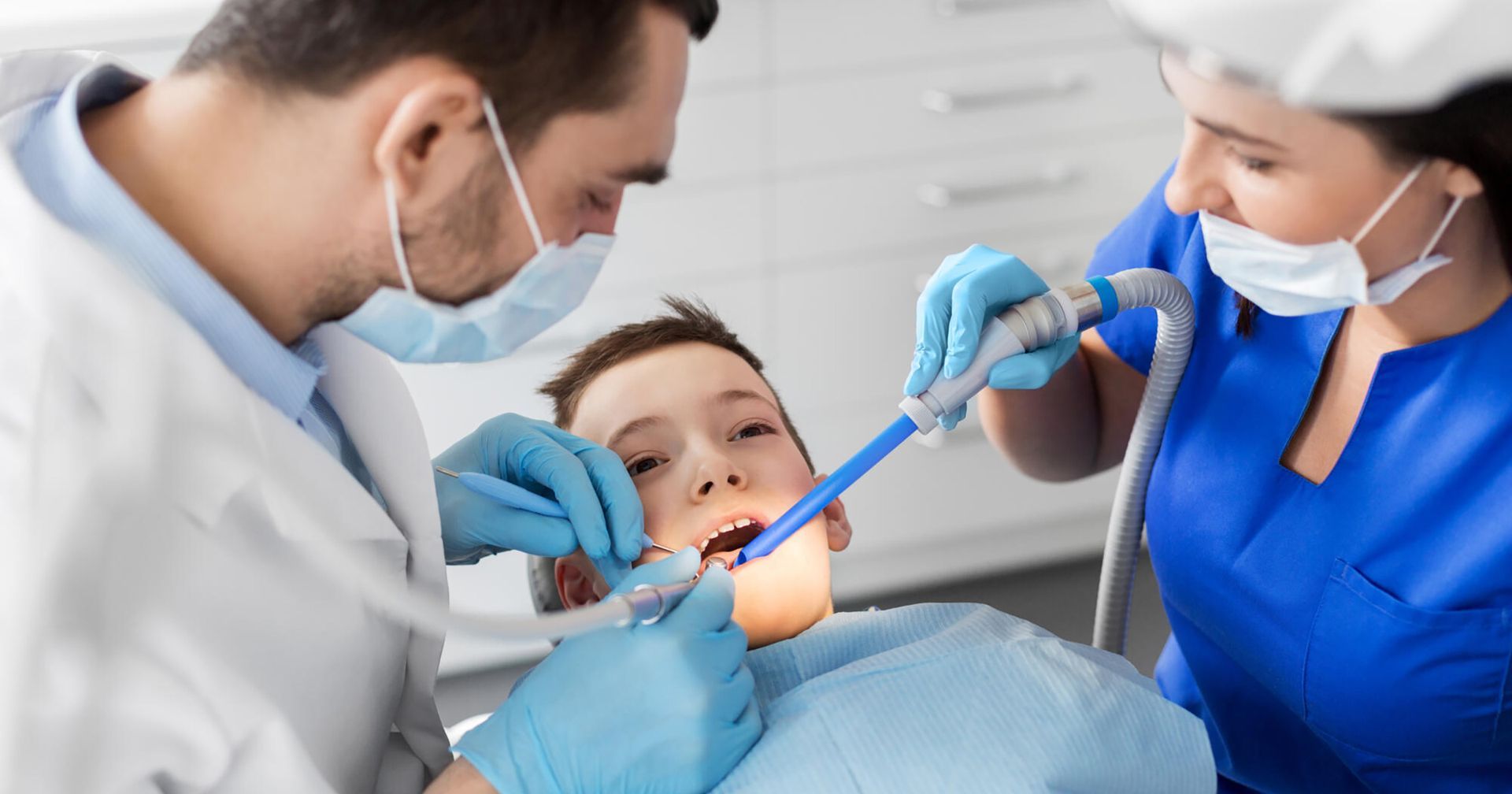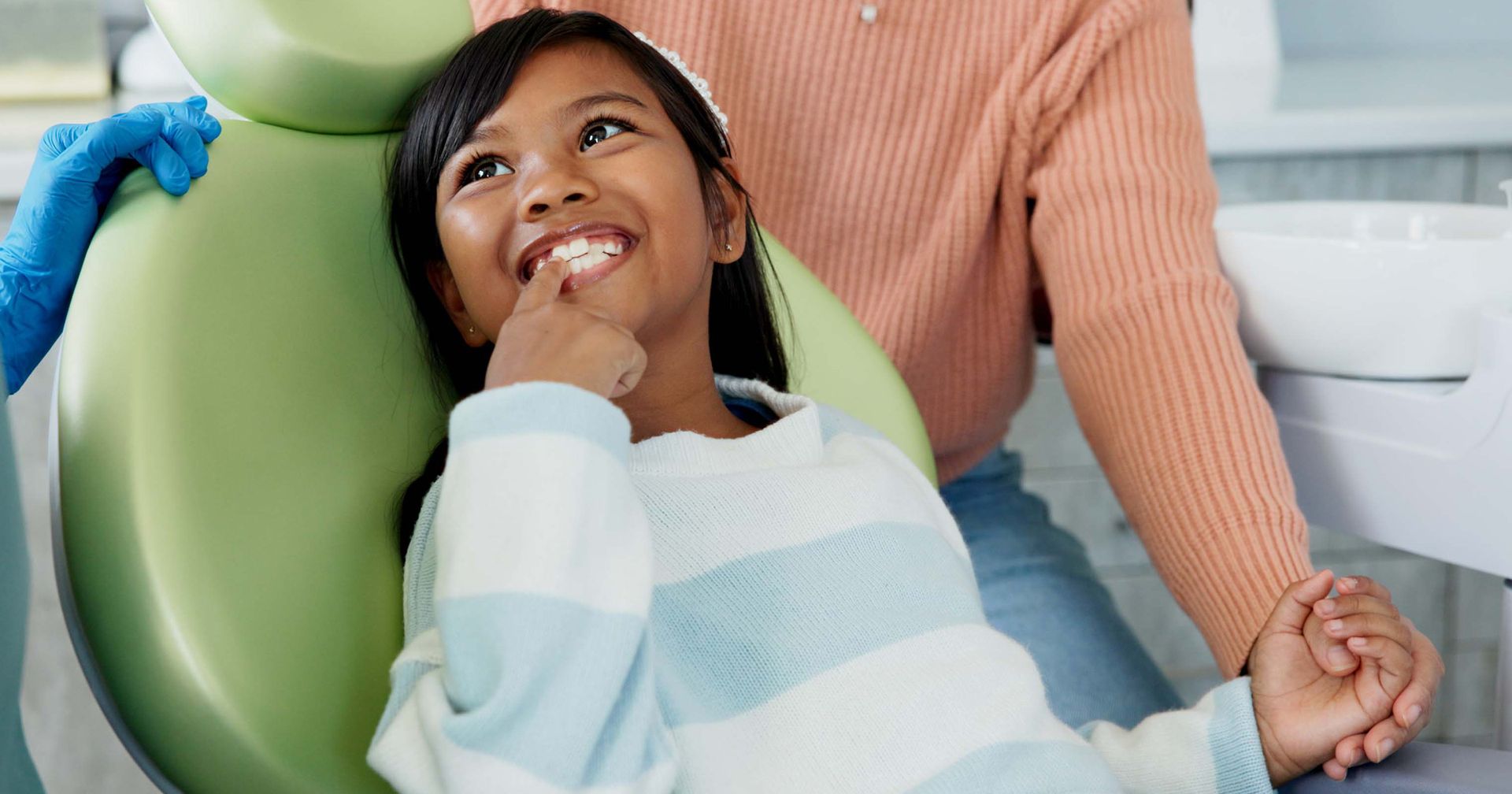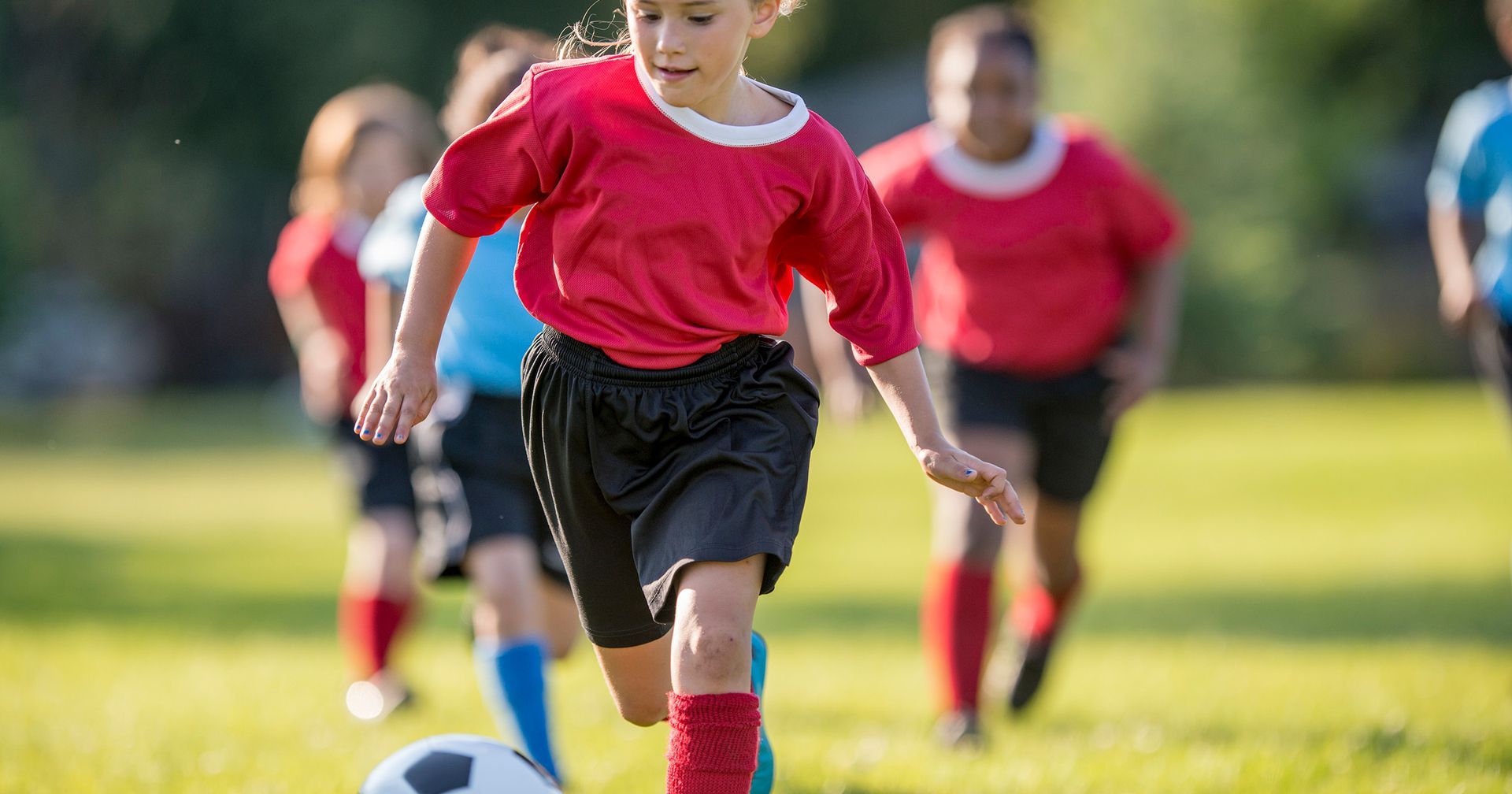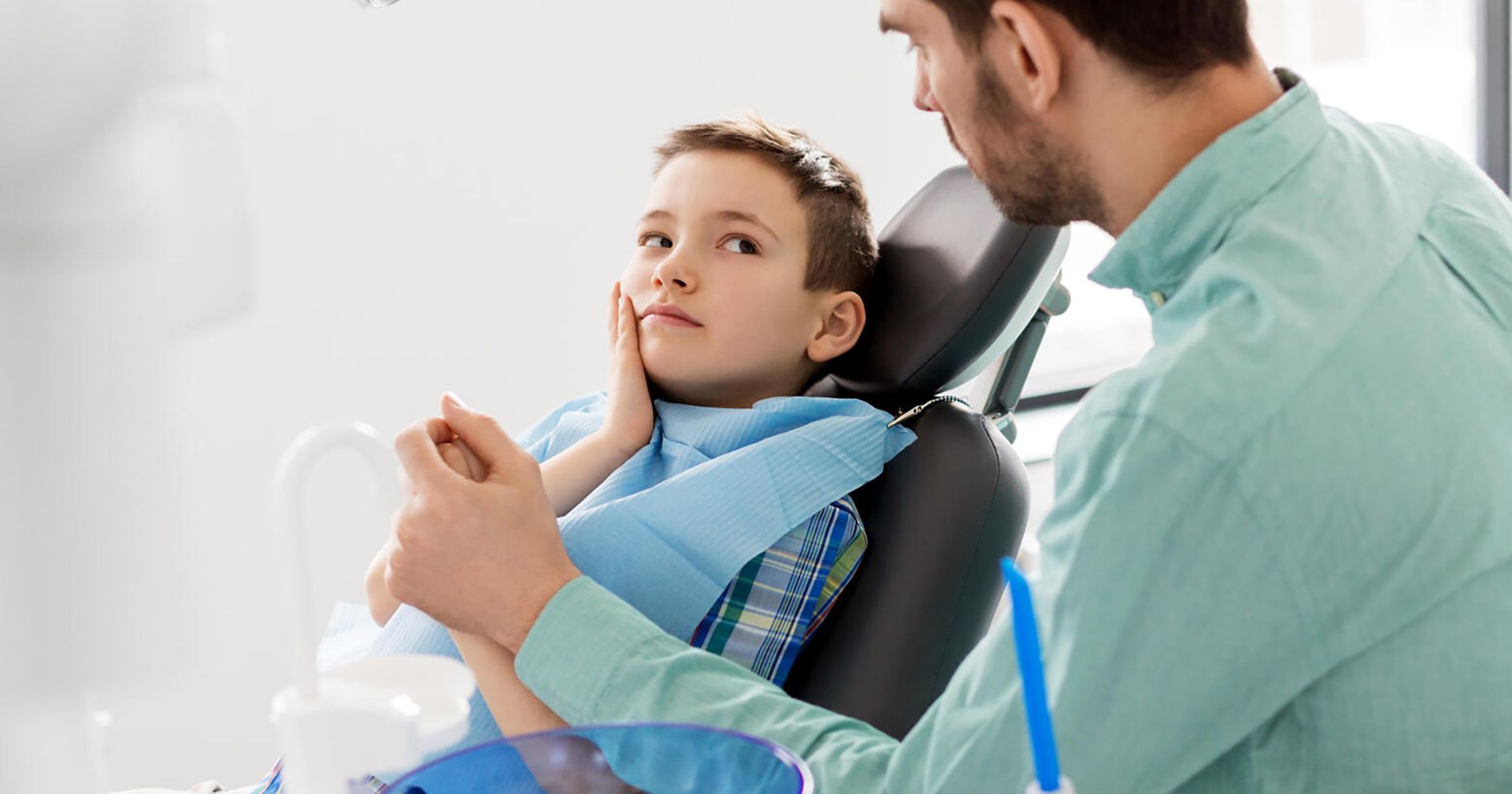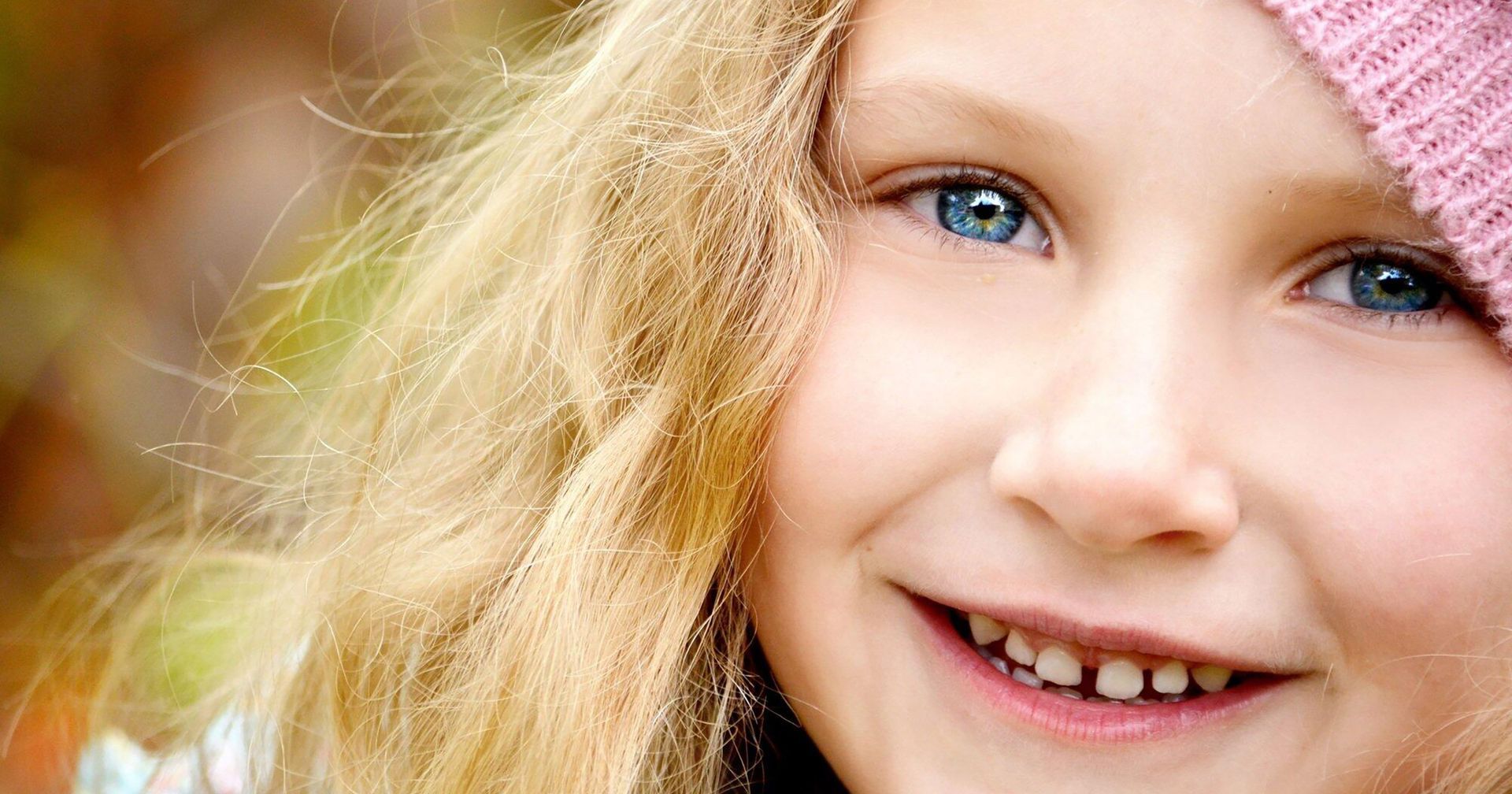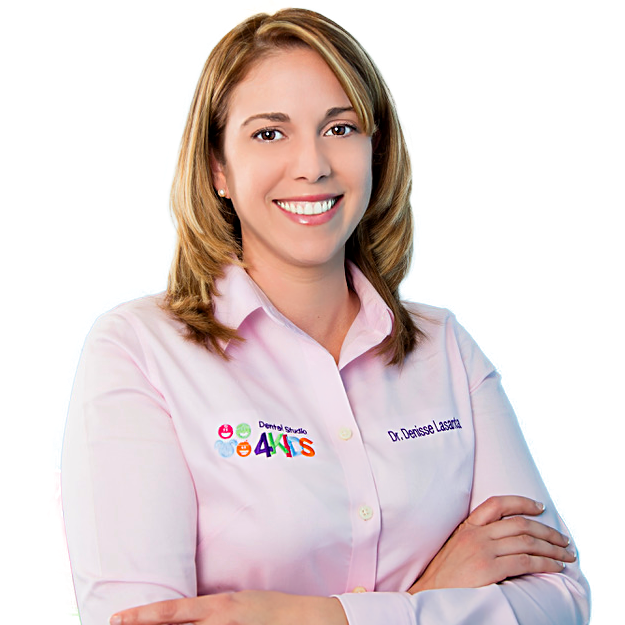What Is Pediatric Sleep-Disordered Breathing?
Pediatric sleep-disordered breathing is a rare occurrence but one that needs attention. Learn what it is and the treatments for it in this guide.
Did you know that up to 4% of children (between the ages of two and eight) suffer from sleep apnea? This sleep disorder causes several issues involving the children's mental and physical development. It can even cause them to act out during the hours after waking up from this fitful sleep.
If your child snores, they may be dealing with sleep-disordered breathing.
Continue reading to learn more about sleep-disordered breathing in pediatrics. We'll also discuss how dentistry can help your child get relief from SDB.
What Is Pediatric Sleep-Disordered Breathing?
Breathing is an automated process that occurs whether we think about it or not. While sleeping, breathing slows down and goes on autopilot while our bodies rest. When this process gets disrupted, it can cause:
- Breathing to stop or become irregular
- Blood pressure to spike
- Oxygen levels to plummet
The disruption in breathing is known as sleep-disordered breathing. This isn't a common occurrence in pediatrics, but it does need medical intervention. You should make an appointment with your child's pediatrician to get started.
Sleep apnea is a common problem among those struggling with sleep-disordered breathing. Central sleep apnea occurs when the brain fails to send the signal to the muscles that control breathing. Obstructive sleep apnea occurs when the muscles relax and end up blocking the airway. Both types cause interruptions in breathing while sleeping.
What Are the Signs & Symptoms of SDB?
There are several signs that your child might be struggling with sleep-disordered breathing. SBD is more likely to present as behavioral issues or enlarged tonsils/adenoids. However, you may also notice other signs pointing to the issue.
There are certain signs that you may see at different stages of childhood. In children (below the age of one), you might notice that their sleep gets interrupted by:
- Mouth breathing and/or snoring
- Choking and/or gasping
- Repeated pauses in breathing
- Low oxygen levels and slower heartbeat
- Difficulty waking up and daytime sleepiness
- Need for resuscitation or medical intervention
You may notice that your infant isn't meeting milestones and is experiencing failure to thrive. They aren't gaining weight or developing mentally as expected. This can stem from the lack of oxygen carried through the blood due to breathing difficulties.
In older children (over the age of one), you might notice certain things happening both while they are asleep and while they are awake. While they are sleeping, you might notice that they:
- Breathe or snore loudly
- Stop breathing for short periods of time before starting again
- Lay in unusual sleeping positions
- Wet the bed on occasion
Children struggling with SDB are difficult to wake up and keep awake throughout the day. Some behaviors that you may notice during their wake time might include behavioral or attention issues, learning difficulties, irritability, and moodiness. Pediatric SDB can affect a child's physical growth and cognitive development.
What Causes Sleep-Disordered Breathing?
Certain factors make developing a sleep disorder possible. For sleep-disordered breathing, something is blocking the airway. In obstructive sleep apnea, it's possible that your child has enlarged tonsils/adenoids or their throat muscles relax while sleeping causing them to collapse.
Infants are more at risk when it comes to sleep-disordered breathing because they have smaller airways and they are more likely to put objects in their mouth that can potentially block the airway. Other risk factors for pediatrics developing this type of sleep disorder may include obesity, congenital disorders, or birth defects.
Children that are overweight may carry extra fat around their neck or throat, this can cause the narrowing of the airway. Cranio-facial defects (abnormalities within the lower jaw and tongue) can cause narrowing of the airways. Cerebral palsy and Down Syndrome can also increase a child's risk of dealing with complications during sleep.
How Do You Get a Sleep-Disordered Breathing Diagnosis?
An ears, nose, and throat (ENT) specialist or an otolaryngologist will review your child's family history and perform a physical exam to get to the root of the issue. They may even order a sleep test.
The polysomnography (sleep test) occurs in a monitored setting where electrodes get attached to the patient's head and body. The electrodes record pertinent information that helps to make the diagnosis, including:
- Brain waves
- Muscle tension
- Eye movement
- Breathing and irregularities
- Blood-oxygen levels
It's important to note that a sleep test can produce inaccurate results, especially in children. This means that normal or borderline results can still point to the sleep apnea diagnosis based on parent observation and doctor evaluation.
What Treatments Are Available for SDB?
Treating sleep-disordered breathing is essential because it can lead to cardiovascular and neurological issues later on, such as high blood pressure, heart failure, and even stroke.
There are several SDB treatments available, but it's important to find the type of treatment that works best for your child. Not every child may be able to sleep peacefully with a CPAP machine on their head and face.
Because obesity is a factor in sleep-disordered breathing, your child's pediatrician may recommend implementing changes to their dietary needs and physical activity routines. Weight loss can help to ease the symptoms of sleep apnea and improve sleep behaviors.
Your pediatric dentist in Lutz, FL can also help your child get relief from SDB. We can create a mandibular advancing device customized for your child to wear while they are sleeping. The mouthpiece helps to keep the airway open to reduce breathing interruptions and improve the quality of their sleep.
Because the device focuses on airway maintenance rather than dentofacial orthopedic management, it's essential to monitor their facial growth and development during this time. Routine visits to the dentist can help us to catch any potential issue before it becomes a problem.
Does Your Child Snore? It Could Be SDB.
There's no surprise that sleep disruptions can cause issues during the day. Because SDB can interrupt oxygen flow and harm brain function, you must take your kiddos to the doctor as soon as possible to get to the root of the issue.
Contact Dental Studio 4 Kids today for more information about sleep-disordered breathing in pediatrics. This pediatric dentist in Lutz, FL can also help to remedy the problem so that your children can get the rest that they need to grow big and strong.

